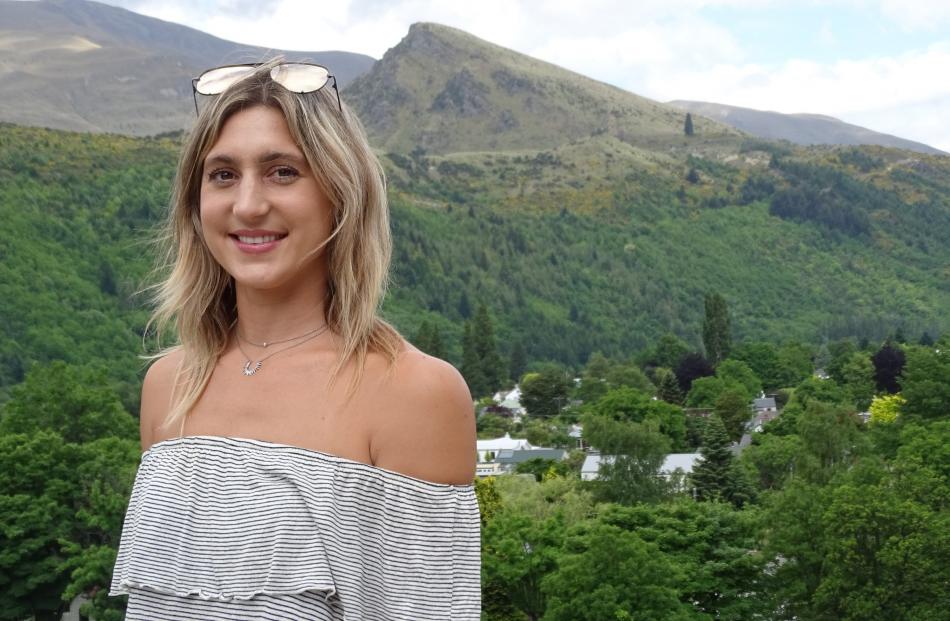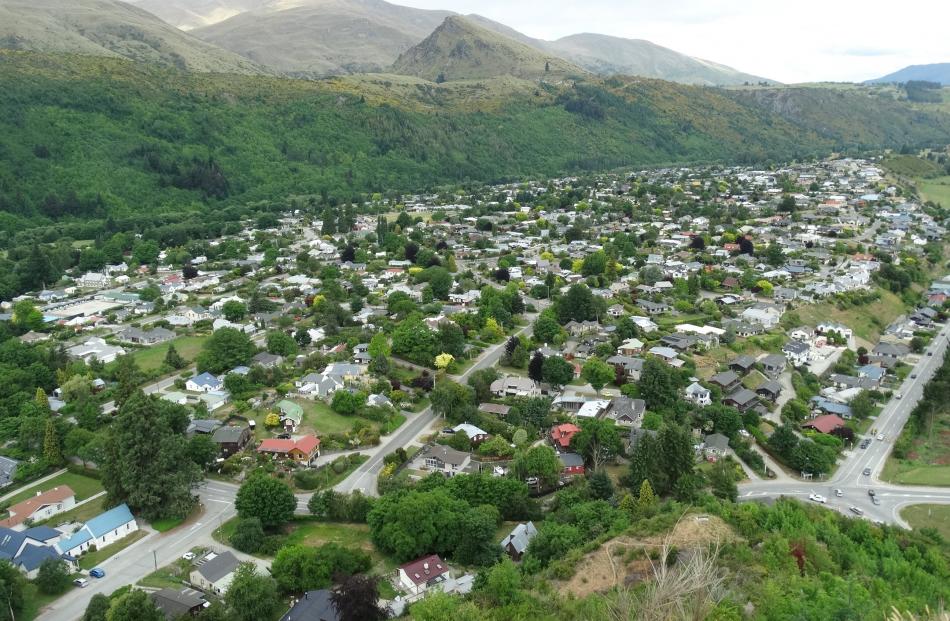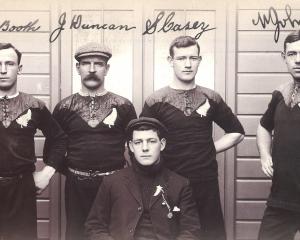For Caroline Walak, like Dorothy, there really is no place like home.
She moved to Arrowtown when she was just 6 months old and shifted to Dunedin at age 12 to become a boarding student at Columba College.
But, after completing her marketing and management degree at the University of Otago, while others her age chose to spread their wings and shift to bigger centres in New Zealand, or overseas, Miss Walak opted to move back to the historic village and work for the family business, Wallace & Gibbs Group. She is now co-manager, along with her sister, Sophie Gibbs, of the Goals store, as well as buying and marketing for the group's other fashion stores.
The 29-year-old has since had a stint living in Perth and did a ''little bit'' of travelling overseas but ''every time I come home I just feel like that's where I want to be''.
''There's just so much to do here that I love, it's quite a special place.''
As to the appeal for visitors, Miss Walak believes it's largely to do with the variety on offer within such a small area.
Along with tourist attractions, like the Chinese Village, river walks and achievable hikes for any fitness level, ''everything you could want'' is on Buckingham St, including clothing and stores, cafes, restaurants and bars, and the Lakes District Museum.
''It's a little hidden gem,'' she said.
Arrowtown
- After gold was discovered in the Arrow River in 1862, it wasn’t long before about 1000 miners moved there to call it home.
- During the peak of the gold rush the town had a population of about 7000, and it became the centre of a wider area that included Macetown, Skippers Canyon and Bullendale.
- By 1867, the village was constituted as a borough and it remained so until the local government reorganisation in 1989, when it joined the Queenstown Lakes District Council.
- The village has now become a tourist attraction in its own right and the three historic Buckingham St cottages are among the most photographed buildings in the district.
- In 2010, the QLDC voted to establish a boundary around the village, which essentially stopped any further development on the outskirts of the town — at the 2013 census, it was home to almost 2500 people.














